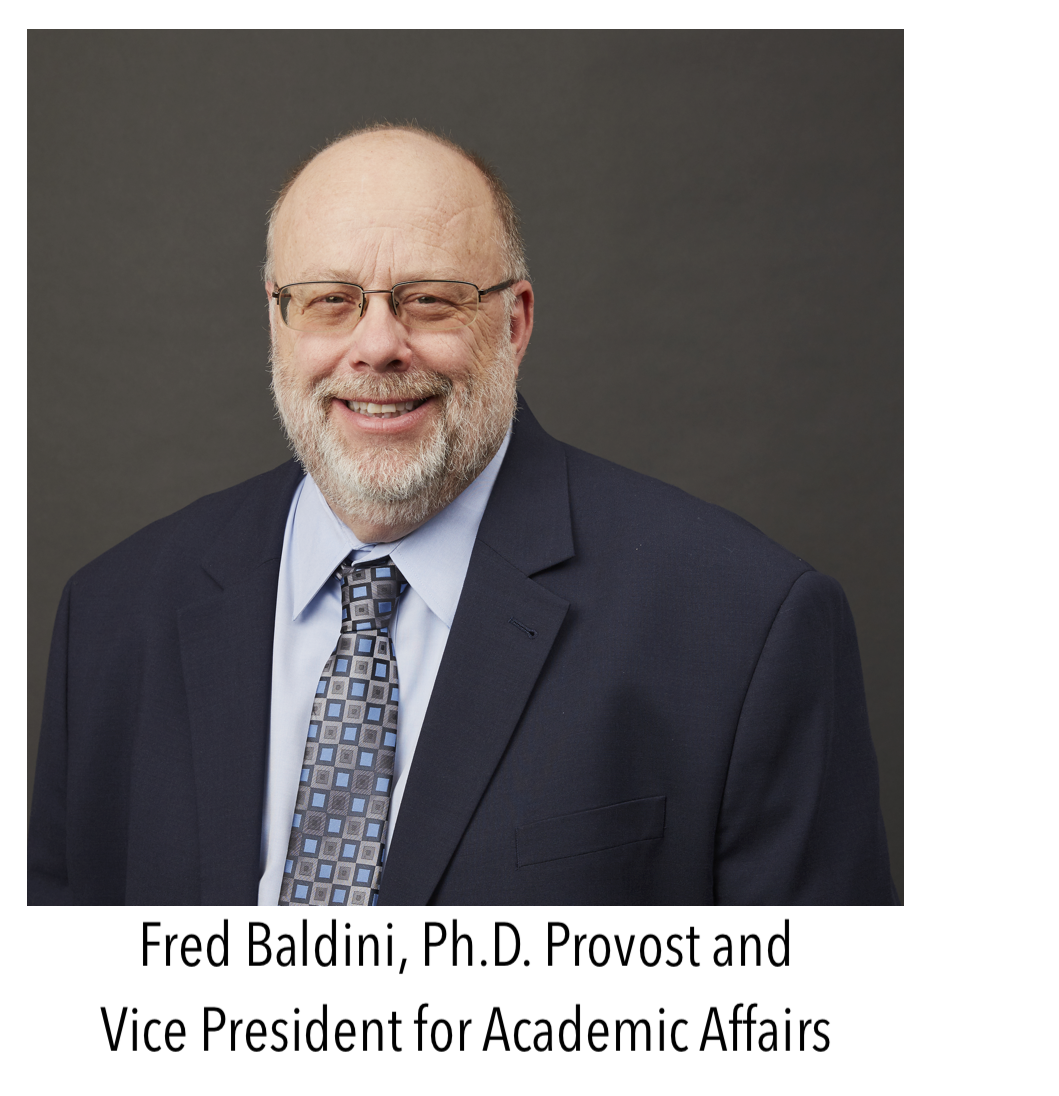
16th Annual Spring Scholarship Symposium
May 20, 2022
Friday, May 20 at 9:00 AM
The Office of Academic Affairs and the Faculty Development Committee cordially invite you to the 16th Spring Scholarship Symposium. The 2022 symposium will feature online podium presentations.

“As a Health Science University we have an obligation to advance knowledge and to improve the health of our communities. Research and scholarly activities are an important part of what we do in the academy. It informs our teaching, advances our disciplines, and enhances the experiences our students have as part of their education.”
Goals of the SMU Spring Scholarship Symposium
- Bring together SMU scholars from various professions
- Share innovative ideas and practices
- Promote collaboration between scholars
- Prepare for presenting at external professional conferences
- Develop scholarship of discovery, integration, teaching and learning, and application / service
- Nurture a community of scholarship within Samuel Merritt University
Program Agenda
9:00 to 9:10
Opening Announcements by Cynthia Stacy and Robyn Wu, Co-Chairs of the Faculty Development Committee
Welcome by Fred Baldini, Provost and Vice President for Academic Affairs
9:10 to 9:25
The Whole Is Greater Than the Sum of Its Parts: A Case Study of a Newly Implemented Course Development Process
Michelle Boyd, MS
Department of Academic and Instructional Innovation, Samuel Merritt University
Liz Winer, MA
Department of Academic and Instructional Innovation, Samuel Merritt University
BSN Program, College of Nursing, Samuel Merritt University
Contributing authors: Chia-Ding Shih, DPM, MPH, MA, California School of Podiatric Medicine, Samuel Merritt University; Rachel Lancaster, MA, Department of Academic and Instructional Innovation, Samuel Merritt University.
Outcomes
1. Summarize the stages of the course development collaboration process.
2. Identify the strategic and technological resources A&II can offer during the course development process that support student success
9:25 to 9:40
Identifying Academically At-Risk Podiatry Students Who Pass Their APMLE I Board Exams on Their First Try
Rhea Kimpo, PhD
Basic Sciences Department, Samuel Merritt University
Contributing author: Carol Gilson, PhD, California School of Podiatric Medicine(retired), Samuel Merritt University.
Outcomes
- Describe the Positive Deviance approach to problem solving
- Describe a method for identifying students who are considered at-risk of failing but in fact pass their APMLE I on the first try
9:40 to 9:55
Virtual Standardized Patient Utilizing Artificial Intelligence Scenarios Are Well Accepted by SMU Health Professional Students
Nodana Gautam, MD
Weifang Medical University
Amin Azzam, MD, MA
Health Sciences Simulation Center, Samuel Merritt University
Contributing authors: Letícia De Mattei, MD, San Paulo State University; Marcelino Quaglia Morato, MD, Sao Francisco University; Camila Tedeschi Mendonca, MD, Irmandade da Santa Casa de Sao Paulo, Brazil; Thiago Bosco Mendes, MD, Sao Paulo State University; Albert Tsai, MD.
Outcomes
- Describe how artificial intelligence (AI) impacts the clinical training of health professional students at SMU
- Identify some advantages and disadvantages of incorporating Virtual Standardized Patient scenarios utilizing AI into their curricula
9:55 to 10:05 Break
10:05 to 10:20
Outcome Analysis of Endoscopic versus Open Plantar Fasciotomy for Recalcitrant Plantar Fasciitis: A Systematic Review
Andrew Dong, BS
California School of Podiatric Medicine, Samuel Merritt University
Contributing authors: Samantha Quesada, BS; Alexander Byrd, BS; Natalie Leon, BS; Chia-Ding Shih, DPM, MPH, MA; all of California School of Podiatric Medicine, Samuel Merritt University.
Outcomes
- Compare and contrast the pros and cons between open versus endoscopic plantar fasciotomy for recalcitrant plantar fasciitis based on the current literature
- Describe the quality of current studies on open versus endoscopic plantar fasciotomy for recalcitrant plantar fasciitis as determined through a rigorous appraisal using the Revised Cochrane Risk-of-Bias tool for randomized trials (RoB2)
10:20 to 10:35
Using Geometric Morphometrics to Study a Morphological Conservatism: Taxonomic Diversity, Morphospace Occupation and Shape Disparity Through Time in Monitor Lizards (Varanids)
Elizabeth A. Ferrer, PhD
Basic Science Department, Samuel Merritt University
Outcomes
- Identify the relationship and influences of evolutionary morphological diversity using a relatively morphologically conservative group, monitor lizards, as a case study
- Describe the use of combined quantitative analyses in analyzing morphological diversity in deep time
10:35 to 10:50
Rosalyn S. Yalow (1921-2011): Her Elegant Experiment That Created Immunoassay Technology and Made At Home Rapid COVID-19 Antigen Testing Possible
Richard M. Rocco, PhD
Basic Science Department, Samuel Merritt University
Outcomes
- Identify the relationship and influences of evolutionary morphological diversity using a relatively morphologically conservative group, monitor lizards, as a case study.
- Describe the use of combined quantitative analyses in analyzing morphological diversity in deep time
10:50 to 11:05
Influenza Related Mortality in Populations that Fail to Reach Herd Immunity
Liliya Parkman, BS
California School of Podiatric Medicine, Samuel Merritt University
Contributing authors: Jared Quesada, University of California San Diego; Mary Premenko-Lanier, PhD, Basic Sciences Department, Samuel Merritt University.
Outcomes
- Recognize that herd immunity against influenza has not been achieved from 1980 – 2019
- Recognize that the highest mortality burden of influenza is in the most populous states and susceptible persons are at risk regardless of whether they live in rural or urban counties
11:05 to 11:15 Break
11:15 to 11:30
Risk Factors Associated with Postoperative Mortality After Minor Non-Traumatic Foot Amputation: A Systematic Review
Pavan Shrestha, BS
California School of Podiatric Medicine, Samuel Merritt University
Contributing authors: Sarah Luettgen, BSc; Hargun Oberai, BS; Krishna Patel, BS; Chia-Ding Shih, DPM, MPH, MA; all of California School of Podiatric Medicine, Samuel Merritt University.
Outcomes
- Recognize the impact of risk factors on the mortality rate after minor non-traumatic foot amputation based on the current evidence
- identify the major risk factors related to postoperative mortality after minor non-traumatic foot amputation based on the current evidence
11:30 to 11:45
Keys to Improvement: Microsoft Power Apps Improve the HSSC Accreditation Documentation Requirements and Continuous Quality Improvement (CQI) Efforts
Carlos Joy, BA
Health Science Simulation Center, Samuel Merritt University
Contributing author: Amin Azzam, MD, MA, Health Science Simulation Center, Samuel Merritt University.
Outcome
- Use a new and effective process for collaborative information tracking
11:45 to 12:00
Next 10 Exits: Reflections on Race and Resilience in Vallejo, California
Elizabeth Ching, OTD, M.Ed., BSOT, OTR/L
Department of Occupational Therapy, Samuel Merritt University
Outcomes
- Explain why Vallejo was named the most diverse city according to the 2010 U.S. Census
- Discuss how cultural pride can build resilience
12:00 to 12:05
Closing Announcements
Continuing Education Units
The Faculty Development Committee is pleased to offer CEUs to nursing and occupational therapy professionals. If you wish to receive CEUs for attendance at the Spring Scholarship Symposium, please complete the “sign in” and “sign out” surveys for your respective profession. Your certificates will be emailed to you within 90 days after the event.
- The Nursing sign in and sign out links have expired. Contact your program chair for assistance with this.
- The OT sign in and sign out links have expired. Contact your program chair for assistance with this.
Approved by the California Board of Registered Nursing, Provider Number 11258, for 3 contact hours. Attendance at this event is free of charge.
For your portfolio, please refer to the statement of goals provided above. Session-specific learning outcomes are provided below with the agenda. To receive CEUs, you will be required to complete the Feedback Survey at the end of the symposium.